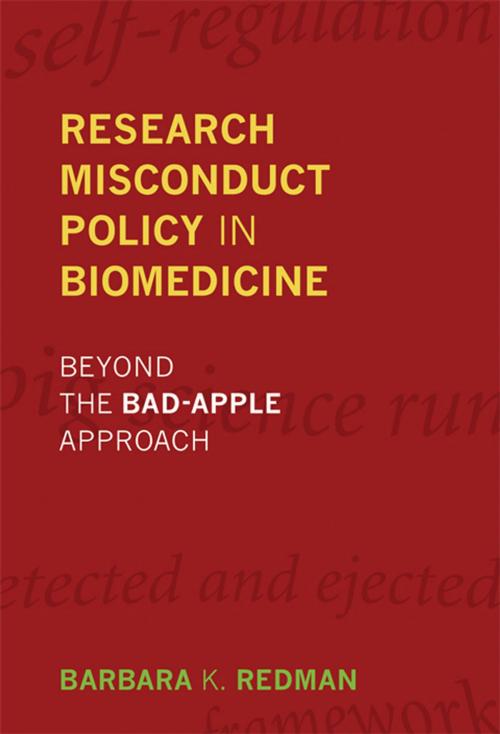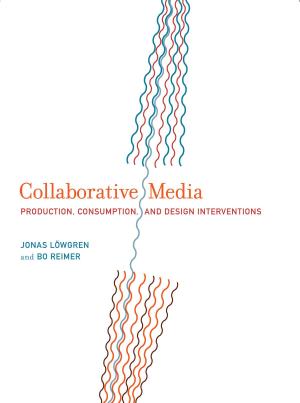Research Misconduct Policy in Biomedicine
Beyond the Bad-Apple Approach
Nonfiction, Health & Well Being, Medical, Reference, Ethics, Science & Nature, Science, Biological Sciences, Biology| Author: | Barbara K. Redman | ISBN: | 9780262317764 |
| Publisher: | The MIT Press | Publication: | October 11, 2013 |
| Imprint: | The MIT Press | Language: | English |
| Author: | Barbara K. Redman |
| ISBN: | 9780262317764 |
| Publisher: | The MIT Press |
| Publication: | October 11, 2013 |
| Imprint: | The MIT Press |
| Language: | English |
An analysis of current biomedical research misconduct policy that proposes a new approach emphasizing the context of misconduct and improved oversight.
Federal regulations that govern research misconduct in biomedicine have not been able to prevent an ongoing series of high-profile cases of fabricating, falsifying, or plagiarizing scientific research. In this book, Barbara Redman looks critically at current research misconduct policy and proposes a new approach that emphasizes institutional context and improved oversight.
Current policy attempts to control risk at the individual level. But Redman argues that a fair and effective policy must reflect the context in which the behavior in question is embedded. As journalists who covered many research misconduct cases observed, the roots of fraud “lie in the barrel, not in the bad apples that occasionally roll into view.” Drawing on literature in related fields—including moral psychology, the policy sciences, the organizational sciences, and law—as well as analyses of misconduct cases, Redman considers research misconduct from various perspectives. She also examines in detail a series of clinical research cases in which repeated misconduct went undetected and finds laxity of oversight, little attention to harm done, and inadequate correction of the scientific record. Study questions enhance the book's value for graduate and professional courses in research ethics.
Redman argues that the goals of any research misconduct policy should be to protect scientific capital (knowledge, scientists, institutions, norms of science), support fair competition, contain harms to end users and to the public trust, and enable science to meet its societal obligations.
An analysis of current biomedical research misconduct policy that proposes a new approach emphasizing the context of misconduct and improved oversight.
Federal regulations that govern research misconduct in biomedicine have not been able to prevent an ongoing series of high-profile cases of fabricating, falsifying, or plagiarizing scientific research. In this book, Barbara Redman looks critically at current research misconduct policy and proposes a new approach that emphasizes institutional context and improved oversight.
Current policy attempts to control risk at the individual level. But Redman argues that a fair and effective policy must reflect the context in which the behavior in question is embedded. As journalists who covered many research misconduct cases observed, the roots of fraud “lie in the barrel, not in the bad apples that occasionally roll into view.” Drawing on literature in related fields—including moral psychology, the policy sciences, the organizational sciences, and law—as well as analyses of misconduct cases, Redman considers research misconduct from various perspectives. She also examines in detail a series of clinical research cases in which repeated misconduct went undetected and finds laxity of oversight, little attention to harm done, and inadequate correction of the scientific record. Study questions enhance the book's value for graduate and professional courses in research ethics.
Redman argues that the goals of any research misconduct policy should be to protect scientific capital (knowledge, scientists, institutions, norms of science), support fair competition, contain harms to end users and to the public trust, and enable science to meet its societal obligations.















